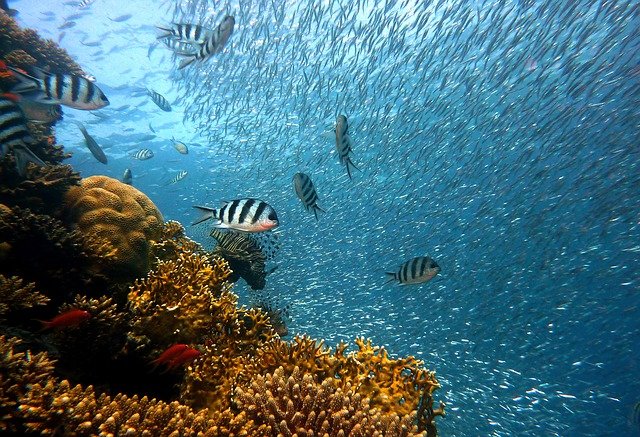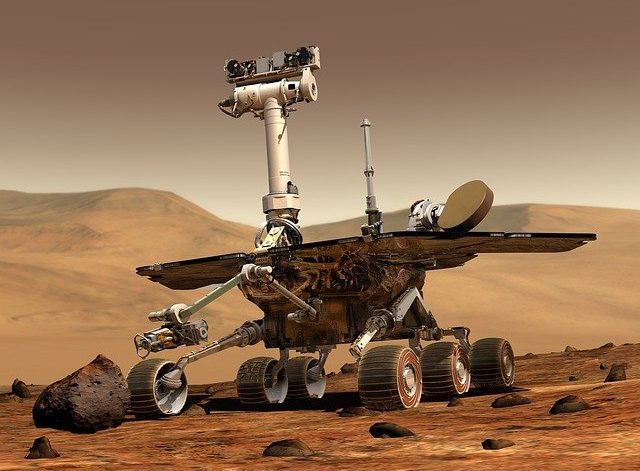What exactly is meant by ‘Light Pollution’?
Light Pollution is the pollution caused by an excess of light in urban areas that are densely populated and use artificial lights at night time to brighten those areas. This excess of light is a surplus of energy that is being wasted and can harm the environment in subtle and not so subtle ways.
It is an underrated form of pollution caused due to human industrialization and urbanization and yet, is seldom taken seriously.
Types of Light Pollution:
There are basically 4 commonly observed forms of light pollution, they are:
- Skyglow: it is the light emanated from populated areas such as urban cities. The skyglow of a city results in there being a surplus of light that covers the sky area above the city so much that the stars are often not visible. It is the most commonly observed effect of light pollution.
- Glare: this results in any light that causes difficulty in visibility or visual discomfort for the onlooker. Usually caused by the use of excessive strobe lights, spot lights and such extraneous lights.
- Clutter: Many clusters or groups of lighting coming from different sources but in the same area result in clutter.
- Light Trespass: when light from an inhabited area falls beyond it where it shouldn’t fall or falls in an area where it is not intended for. Such as light from a street lamp falling into a house causing discomfort and potentially even sleeping problems for the residents.
Sources of Light Pollution: How is it Caused?
- Use of signboards, advertising billboards, neon signs, strobe and spot lights on skyscrapers that enhance their reach and cause light pollution.
- The excessive use of LED lights, light bulbs, and bright signs on buildings to make them look eye-catching.
- Indoor lighting at night from houses, offices, commercial centers, downtown areas of the city in particular cause a lot of light pollution at night time as that is when they make most of their business.
- Stadiums for sports and other outdoor leisure activities that require a lot of outdoor lighting.
- Headlights of cars, street lamps and other nightlife components that require lighting as decoration as well as a necessity.
- Overpopulation of cities is also a major contributor to the problem of increasing light pollution as more people lead to more consumption of energy.
Effects of Light Pollution:
- Global Warming: This light pollutes the environment in the sense that the generation of electricity used for the lights result in increased CO2 emissions into the atmosphere which is the main driver of global warming and climate change.
- Disrupting Wildlife: many animals and birds are “Diurnal“, i.e. they are active during the day time and sleep/become inactive during the night time. The use of excessive lighting leads to disruption of the foraging and diurnal behavior of the animal as their vocal communication is disturbed and they cannot distinguish between natural light and artificial light. This causes harm to their health. Many nocturnal animals have also lost course due to being misdirected by the city lights. Moreover, fireflies have diminished in many areas as a result of light pollution since they require dark places for their living patterns.
- Sleep Problems: Not just animals, even humans are disturbed by excess light. Many people move away from downtown or crowded areas specifically because of the constant light and noise that these areas are characterized with. People living in such areas often suffer from sleep disorders such as Insomnia or develop light sleeping patterns.
- Decreased Visibility: This does not effect humans or animals directly but it is nevertheless a shame that the stars are no longer visible in areas with artificial lighting. The stars are usually hidden because of the skyglow– glow resulting from the excess energy released by these lights that cover the night sky including stars.
- Interfere with Migration Patterns: Artificial light can interfere with the biological clock of animals and bird and cause their migration patterns to be disturbed. This leads to collisions or certain species migrating too early or late because they get disoriented. This happens because the birds may mistake the source of artificial light as prolonged period of natural daylight and attempt to migrate to areas or regions of shorter day duration.
Control of Light Pollution:
- Be aware: Even though electricity has become accessible and affordable, recognize that it still harms the environment even in small quantities. Raise awareness and educate people to follow steps that can reduce light pollution.
- Use few lights and turn off the unnecessary ones.
- Turn the lights on in a room that is being used. Make sure to turn off any outdoor lighting when not needed and that they do not remain turned on overnight as that would be a great waste of energy and ultimately contribute to CO2 emissions.
- Use energy saver bulbs and LED lights as they are more efficient in conserving energy than the regular ones. LED lights use up to 90% less energy and last 25 times longer than regular bulbs. Check Out, Environmental Benefits of LED Technologies
- If you have to keep your outdoor lights on at night; make sure they are pointing downwards and not upwards This prevents the lights from trespassing into neighboring houses as well as saves us from contributing to the skyglow or cause discomfort.
- Use Motion sensing lights. These lights not only save energy but also effectively render the need to turn the lights on or off useless ass they turn on and off upon detecting motion. This also prevents cases where people tend to forget to turn off the lights upon exiting a room.
As the dark areas around the world have decreased rapidly due to increased artificial lighting everywhere, this has caused numerous problems for wildlife in particular who have faced loss of habitat, disruption in their lifecycles and leads to global warming which is a danger to every living being’s survival.
I hope you all liked this post! Please comment below if you have any suggestions, comments, or feedback! We at #envpk love hearing from our readers! Thanks!




